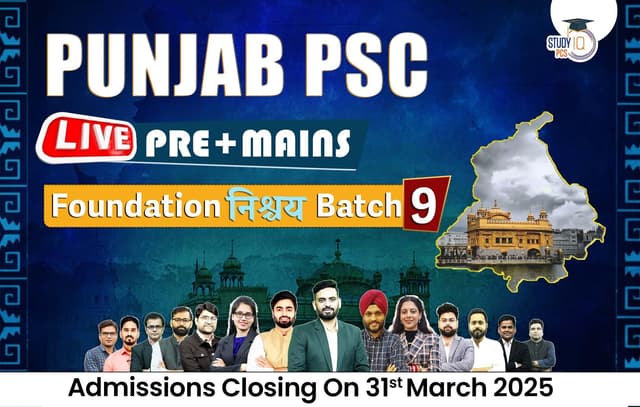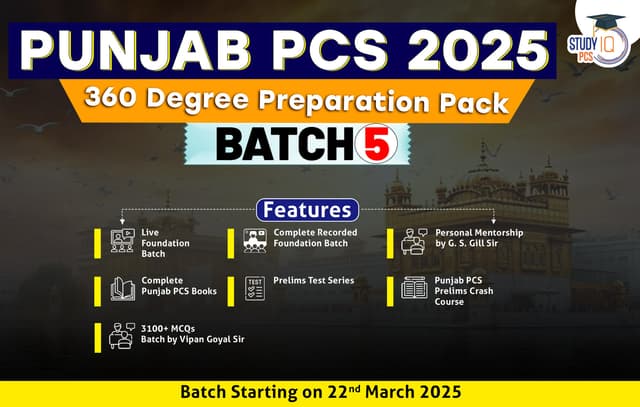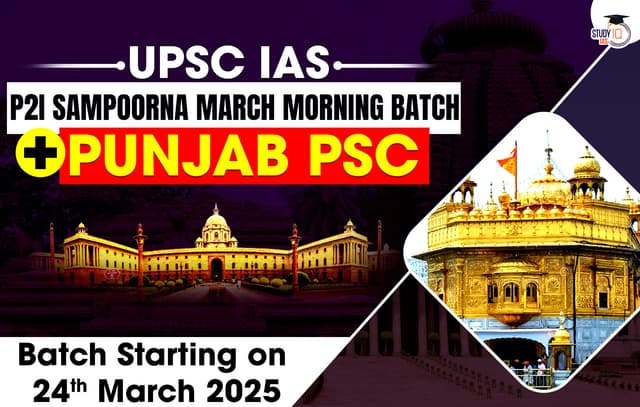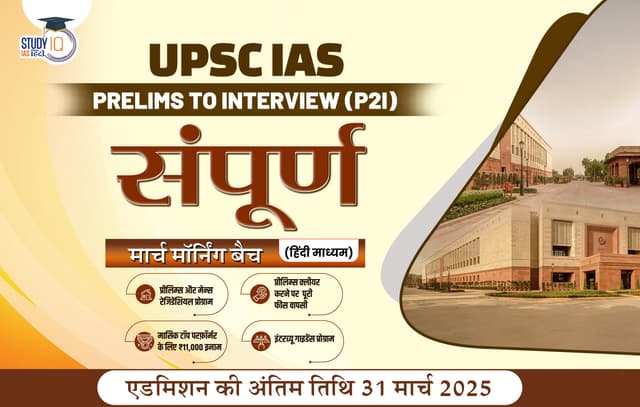Table of Contents
- The Constitution is the supreme law of the land and the source of all the powers and authority of the government and its organs.
- The first codified Constitution was developed by the USA in 1787.
- India got its own Constitution in 1950 drafted by the Constituent Assembly.
- The Constituent Assembly first met on 9th December 1946 and took precisely 2 years, 11 months, and 18 days to come up with the final draft which was ratified on 26th November 1949.
- Some provisions of the Constitution came into force on November 26, 1949, and the major part came into force on January 26, 1950.
- It is the longest written constitution of any sovereign country with 448 articles in 25 parts, 12 schedules, 5 appendices, and 106 amendments.
Separation of Powers
- Separation of powers, a term coined by French political enlightenment thinker Baron de Montesquieu, is a model for the governance of democratic states. There are three distinct activities in every government through which the will of the people is expressed.
- These are the legislative, executive, and judicial functions of the government. Corresponding to these three activities are three organs of the government, namely the legislature, the executive, and the judiciary.
- The legislature makes laws, the executive enforces them and the judiciary applies them to the specific cases arising out of the breach of law. Thus, it has become a model for the governance of democratic States.
- This model is also known as Trias Politica. On reading the provisions of the Constitution of India, one may be inclined to say that the Constitution accepts the doctrine of Separation of Powers.

Evolution of Punjab’s Administration
Pre-Independence Administration (Before 1947)
- Punjab was a British province, governed under the Government of India Act, 1935.
- The province was led by a Governor and had a bicameral legislature.
- Lahore was the capital, and the administration was based on a district system, with Deputy Commissioners (DCs) as key officials.
Post-Independence Administration (1947-1956)
- After the Partition in 1947, Punjab was divided into West Punjab (Pakistan) and East Punjab (India).
- East Punjab retained the administrative framework of British India.
- Temporary capital: Shimla (later shifted to Chandigarh).
- In 1956, Patiala and East Punjab States Union (PEPSU) was merged into Punjab under the States Reorganization Act.
Administrative Features (1947-1956)
- Governed as a Class A state under a Governor and Chief Minister.
- District-based governance continued with Deputy Commissioners (DCs), Tehsildars, and Village Panchayats.
Punjab Reorganization Act, 1966
- Due to linguistic and cultural demands, Punjab was reorganized into:
- Punjab (Punjabi-speaking)
- Haryana (Hindi-speaking)
- Himachal Pradesh (Hill regions)
- Chandigarh became a Union Territory, serving as a shared capital of Punjab and Haryana.
Administrative Structure Post-1966
- Punjab became a Unicameral State Legislature (Only a Legislative Assembly, no Legislative Council).
- Chandigarh Administration: Controlled by the Central Government but functioned as Punjab’s capital.
- New Districts and Divisions: Administrative restructuring to streamline governance.
|
Important Information |
Administrative and Political History of PEPSU (Patiala and East Punjab States Union)Formation (1948)
Administrative Structure
Status of Himachal States in PEPSU
Merger with Punjab (1956)
Legacy
|
Anandpur Sahib Resolution (1973)
The Anandpur Sahib Resolution (1973) was a significant political document passed by the Shiromani Akali Dal (SAD) to outline the demands of the Sikh community and Punjab’s autonomy within India. Here’s a brief summary in points:
Background
- Passed in 1973 at Anandpur Sahib during an Akali Dal meeting.
- Aimed at securing greater political, economic, and religious autonomy for Punjab and the Sikh community.
- Became the ideological basis for later Sikh political movements, including the Dharam Yudh Morcha (1982).
Key Demands
Political & Administrative Autonomy
- Federal Structure – Advocated for a true federal system where states had more powers than the central government.
- Greater Autonomy for Punjab – Sought more control over legislative, executive, and financial matters.
- Punjabi Suba – Demanded the full implementation of the Punjabi Suba movement, recognizing Punjab’s distinct linguistic and cultural identity.
Economic & Resource Control
- River Water Rights – Punjab should have exclusive rights over its river waters, opposing their distribution to other states.
- Industrial & Economic Growth – Emphasized industrialization in Punjab and protection of agriculture-based economy.
Religious & Cultural Safeguards
- Protection of Sikh Identity – Called for the protection of Sikh religious rights, customs, and institutions.
- Chandigarh as Punjab’s Capital – Demanded that Chandigarh be handed over to Punjab.
- Respect for Sikh Symbols – Ensured respect for Sikh symbols like turban, kirpan, and distinct identity in national and international spaces.
Minority Rights & Social Justice
- Protection of Sikh Interests Nationwide – Advocated for the rights and safety of Sikhs outside Punjab.
- Equal Rights for All – Demanded protection of minorities’ rights and opposition to discrimination based on religion, caste, or region.
Impact & Consequences
- Seen as a blueprint for Sikh aspirations within India but was later interpreted by the Indian government as secessionist.
- Used as the ideological basis for Punjab’s political and religious movements in the 1980s, including the Dharam Yudh Morcha.
- Contributed to tensions between the Indian government and Sikh leadership, leading to Operation Blue Star (1984)

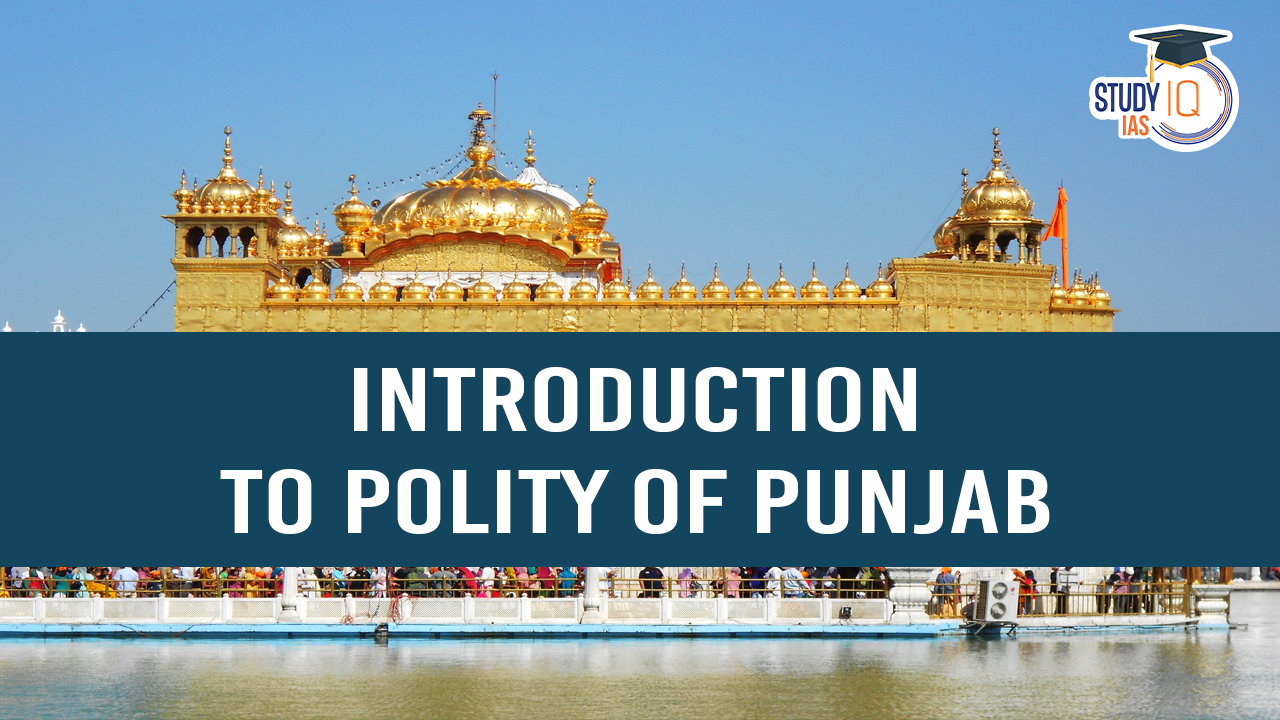
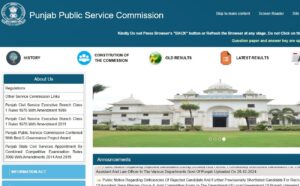 Punjab PCS Selection Process, Prelims, M...
Punjab PCS Selection Process, Prelims, M...
 State Universities of Punjab
State Universities of Punjab
